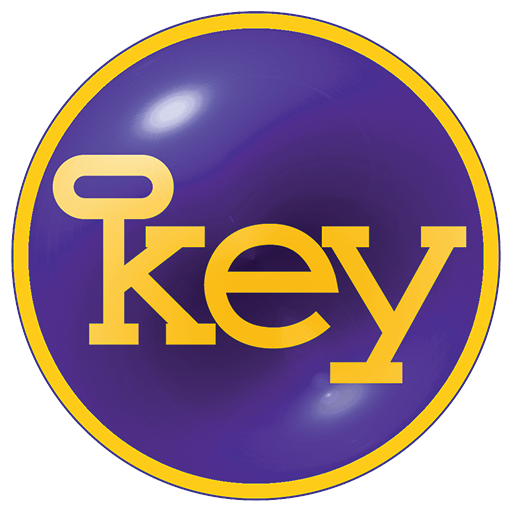Crickhowell Bridge, Wales. Photograph Alan Clark 2016
Have you thought about the processes and activities that support your value flow as the pillars of a bridge? Your value flow is literally supported by processes and activities such as bookkeeping, payroll, financial audit and accountancy, purchasing, HR, quality audit, communications and IT infrastructure, maintenance, facilities management, catering, cleaning, security, transport (though possibly in the value flow), and many more. Naturally these will vary depending on your individual business or other organisation.
Effective support processes and activities are vital, but not the reason the business exists. These will be added to what we are calling the operational level in the Flow & Feedback (2F) Diagram below. A critical question everyone in support needs to ask is whether they are making a positive contribution to supporting those directly adding what customers see as value that meets their needs.
By showing support processes beneath the value flow, the 2F diagram reminds you of their importance. Thinking of these activities as the pillars of a bridge will hopefully highlight the risk of taking an across-the-board cost-cutting approach by some arbitrary amount or percentage. If the pillars are weakened then your bridge, the value flow, may fail. And if your customers are unhappy they are likely to leave. Do you know and understand the contribution of support activities in your organisation?
In your ongoing drive for competitive advantage, are all your support processes as well as value-adding processes subject to continuous improvement and innovation by the teams themselves? How can they serve their 'customers' in value-adding activities better?
When looking for overall performance improvements think very carefully before outsourcing support processes and activities. An activity might be a core competency. Is it essential? If this support process should fail or performance should drop off, will this adversely affect value-adding performance in turn impacting the end customer?
Finally there is the people angle of support activities. If you outsource some aspect, will the people from that outside organisation really identify with your business and feel motivated to drive towards your vision?
Security is an interesting example of a support activity that it might be tempting to outsource. Suppose you are a government or military organisation that deals in sensitive information. Are you sure that of the loyalty and confidentiality of outsourced security staff? One could think of situations where outsourced suppliers might be tempted to, say, cut costs in someway that upsets the security staff. Are disgruntled security people able to give of their best?
In conclusion, look at your business or any other type of organisation as a joined-up whole. Whilst it is critical to ensure that value-adding activities operate effectively, the reliability and effectiveness of support activities is equally critical. How effective are the pillars of your support processes bridge?
Future blogs will continue to expand on the 2F diagram, drawing from my book Picture Your Business, which is still available from me priced £12.00+P&P. The latest version of the companion 2F Worksheet is now available free in MS Word or PDF on request from me either via a Linkedin message or by emailing alanclark@keybiz.com.



